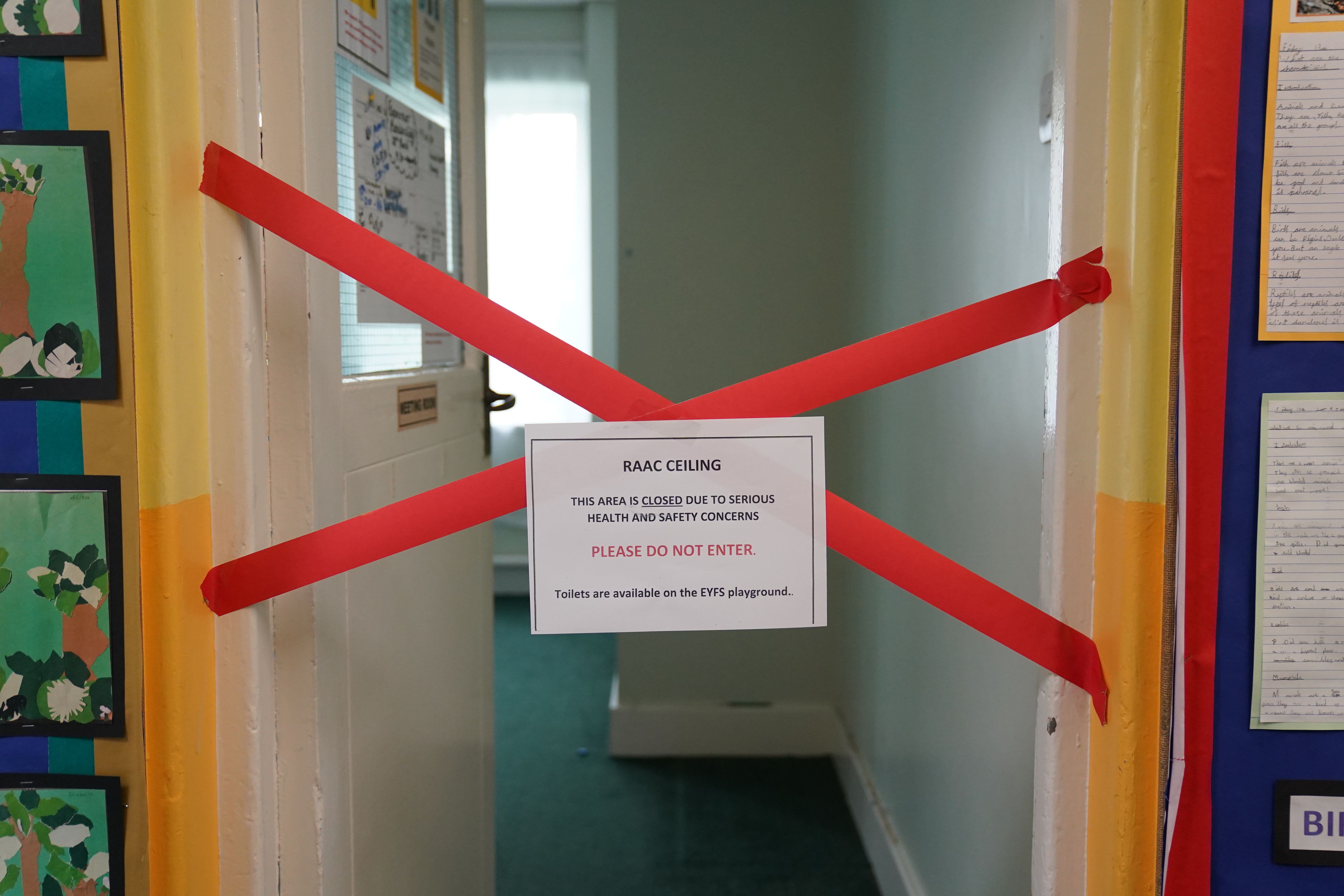Hundreds of homes evacuated in Scotland over crumbling concrete fears
Risk of concrete collapse forces Aberdeen council to move tenants and owners out in £3m programme
Hundreds of homes in Aberdeen, Scotland, must be evacuated because of the risk they will collapse as the concrete crumbles.
Reinforced autoclaved aerated concrete – or Raac – is a lightweight alternative to standard concrete that was used mostly in flat roofing but also in floors and walls across buildings from the 1950s to 1990s.
The material, which has been compared to an Aero chocolate bar, which contains holes, was used in around 4 million non-residential buildings in the UK, and some social housing - although the extent of that is unknown.

But in 2022 construction experts warned it was a “ticking time bomb” and estimated around half of public buildings included it, as they started to collapse without warning.
Raac had a lifespan of only around 30 years, it was discovered. Hospitals, schools, colleges, sports centres and even airports were warned they would face renovation or rebuilding programmes.
Aberdeen City Council announced on Thursday that occupants of hundreds of council properties were being moved out of their homes into alternative accommodation – at an initial cost of £3m – because of the danger.
Last year Raac panels were found in around 500 homes in the city’s Balnagask area, including 364 council properties, with 299 occupied by council tenants. Others were owner-occupied or occupied by private tenants.
An independent structural engineers’ report a week ago on the presence of Raac was published last week, recommending that council tenants be moved out as soon as possible.
The council says it has written to its tenants inviting them to meet a housing officer in their home, and has also contacted owners and private tenants of the homes to offer them a meeting with a housing officer to discuss their housing options.
Officers are looking at whether the homes should be rebuilt or demolished.
The council’s urgent business committee said it had set aside an initial £3m to cover the rehoming programme.
Councillor Miranda Radley said: “This is an incredibly difficult situation for everyone living in a Raac-affected property, but the council will be doing everything we can to support our tenants during this hugely challenging time.
“These are people’s homes, and we need to ensure we support our tenants but also engage with owners and privately rented tenants, to keep them informed on this matter.”
Last year, at the height of the discovery of the extent of Raac, councils and housing associations were told by the Local Government Association to review all their stock for the concrete material.
There were fears shops and offices could also be found to contain Raac, and this is thought to be the first time it has been identified in homes.
Join our commenting forum
Join thought-provoking conversations, follow other Independent readers and see their replies
Comments
Bookmark popover
Removed from bookmarks